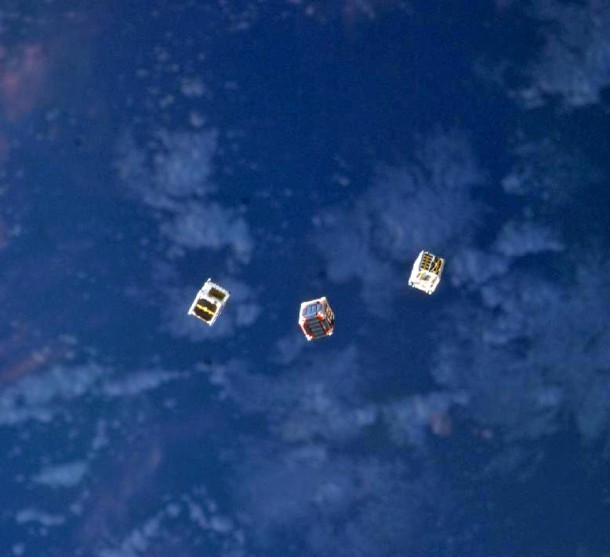In an effort to avoid future complications like that of flight MH370, China has launched three cube satellites, called the CubeSats, which function to keep track of civil ships and aircraft.
CubeSats are a type of satellites made with two, three or more smaller cubic units.
The mission's chief designer, Wu Shufan said that the three CubeSats started their first mission coded as the STU-2 on Sept. 25, also the day they entered their designated orbits.
As of Sept. 28, the three spacecraft have gathered thousands of ADS-B data from 12,400 flying aircraft within the satellites' receiving scope.
The automatic dependent surveillance-broadcast (ADS-B) is a system developed particularly on civil aircraft that transmit information like height, direction, speed, flight position and miscellaneous information every second.
These data can be sent to ground or air receivers. Right now, almost 70 percent of the world's aircraft have this system installed.
The CubeSats are designed to relay information from ships and ADS-B receivers for information sent from civil flights through automatic identification system receivers and polar region observation cameras.
With the technology used in the three spacecraft, it is possible to collect real-time information on the traffic flow and the paths of civil flights that are within the range of the satellites' monitor.
According to Wu, "if there are enough satellites in orbit to cover a wide enough region, a specific flight could be tracked and that may help with spotting aircraft in search and rescue in cases like MH370."
CubeSats can also function as a support by providing information to polar region ship operations like the Chinese icebreaker, Xuelong.
"The STU-2 mission, the first of its kind to be carried out by China, is a step forward in the country's satellite network development for civil aircraft and ship monitoring," Wu stated.



























